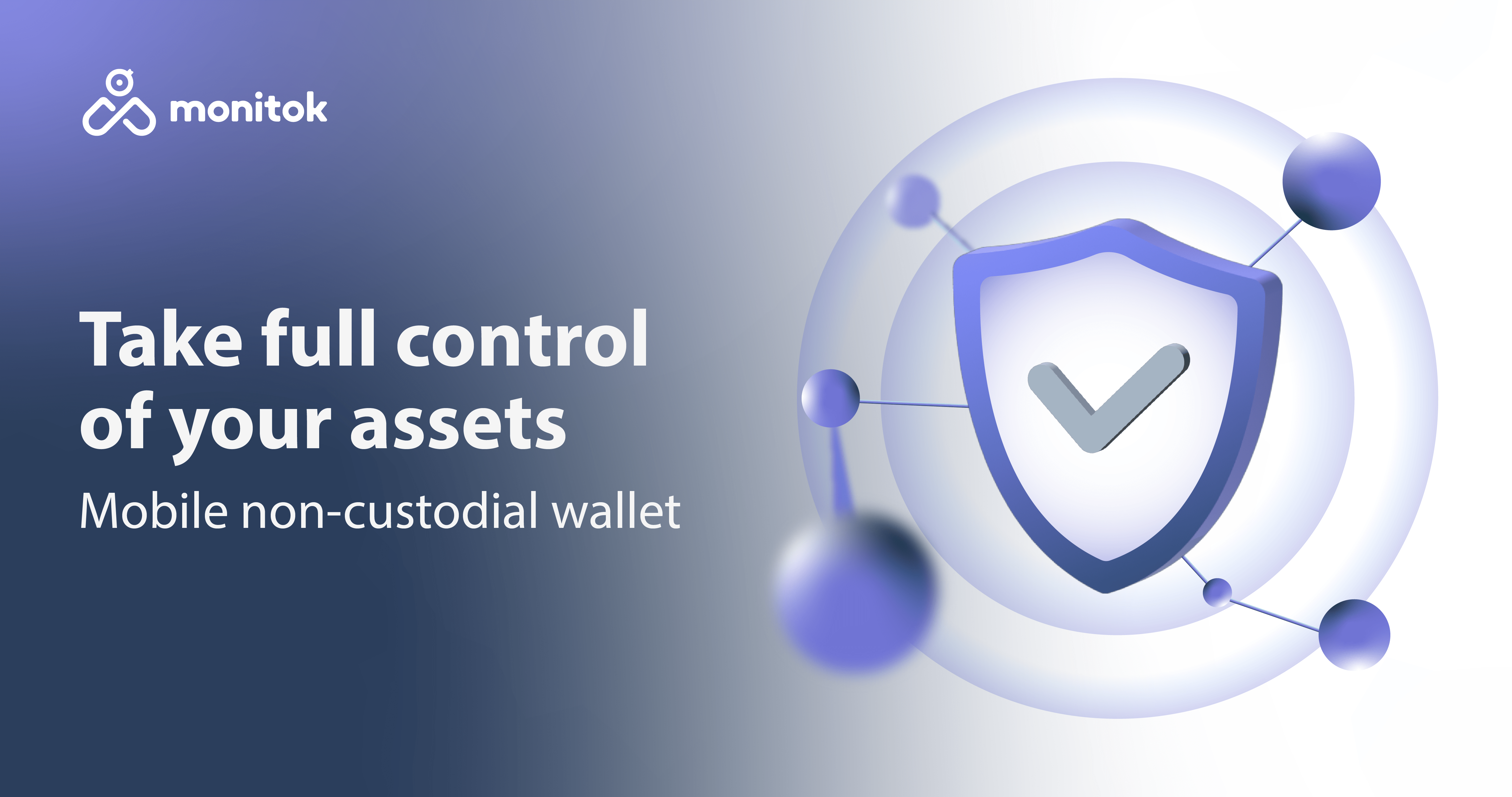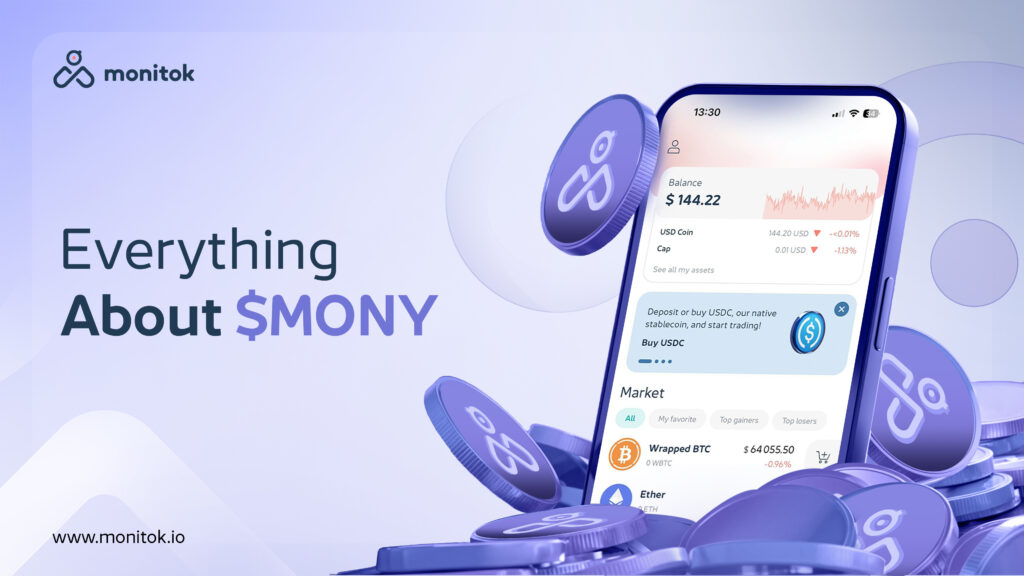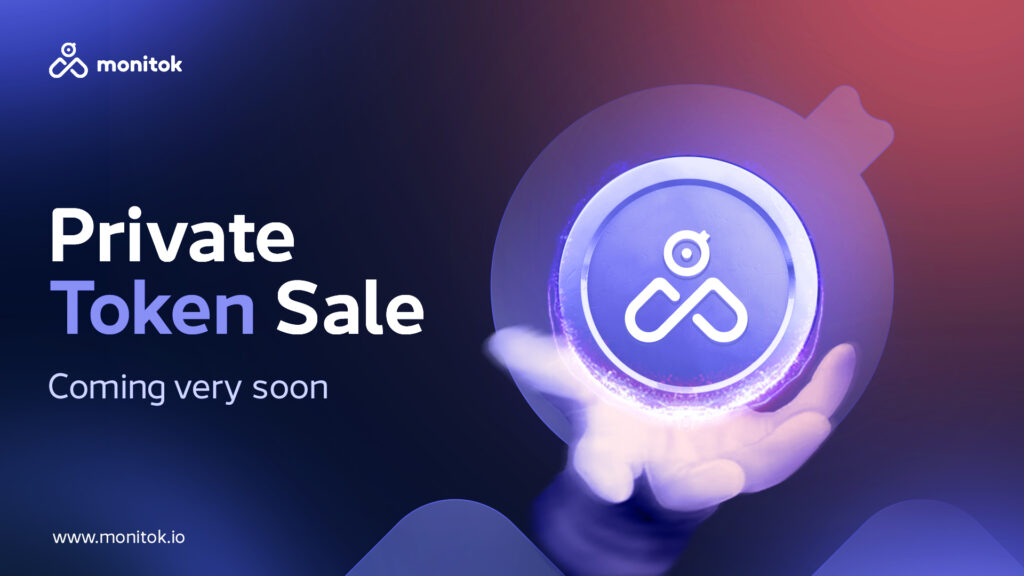I hjertet av krypto ligger kraften i autonomi, og lommebøker med selvforvaring er fortroppen innen kryptohandel - men hva er disse lommebøker for selvoppbevaring?
Den rådende visdommen blant eksperter er selvfølgelig å velge lommebøker med eget depot, men det er viktig å forstå de nyanserte forskjellene mellom lommebøker med eget depot og lommebøker med depot for å kunne ta en informert beslutning.
La oss se på fordelene med lommebøker med egen depot, gi veiledning om hvordan du kommer i gang, og komme med overbevisende grunner til å velge dem fremfor tilsvarende lommebøker med depot.
Hvordan fungerer en lommebok med selvforvaring?
En selvforvaltende kryptolommebok er en digital lommebok som gir deg full kontroll over kryptovalutaeiendelene dine. I motsetning til tradisjonelle depotlommebøker, der en tredjepart forvalter midlene dine, gir selvforvaltende lommebøker deg muligheten til å være den eneste forvalteren av kryptobeholdningene dine. Dette direkte eierskapet gir ikke bare en større følelse av sikkerhet, men er også i tråd med blokkjedeteknologiens desentraliserte etos.
En selvforvaltende lommebok er basert på kryptografiske prinsipper. En kryptovaluta-lommebok fungerer som et digitalt grensesnitt for interaksjon med et blokkjedenettverk. Den lagrer kryptografiske nøkler på en sikker måte - nærmere bestemt en offentlig nøkkel og en privat nøkkel - som er avgjørende for å autorisere transaksjoner. Den offentlige nøkkelen kan sammenlignes med et kontonummer, som er tilgjengelig og synlig i blokkjeden, mens den private nøkkelen fungerer som en konfidensiell autorisasjonsmekanisme, på samme måte som et personlig identifikasjonsnummer (PIN-kode). Disse nøklene sikrer at bare eieren har tilgang til og kontroll over midlene, noe som gir et robust sikkerhetslag.
En av de største fordelene med lommebøker med egen oppbevaring er økt sikkerhet. Ved å kontrollere sine egne private nøkler eliminerer brukerne risikoen forbundet med tredjeparts forvaltere, som kan være sårbare for hacking eller dårlig forvaltning. I tillegg gir lommebøker med egen oppbevaring større personvern, ettersom brukerne ikke trenger å oppgi personlig informasjon for å opprette eller bruke lommeboken.
Hva er eksempler på lommebøker med selvforvaring?
Lommebøker for kryptovaluta er viktige verktøy for å forvalte digitale verdier, og de finnes i ulike former, primært kategorisert som hot wallets og cold wallets. Hot wallets er koblet til internett, noe som gjør dem mer tilgjengelige, men potensielt mer sårbare for trusler på nettet. Hver type hot wallet tilbyr en unik blanding av bekvemmelighet og sikkerhet, og dekker de ulike behovene og preferansene til kryptovaluta-brukere.
Undertyper av hot wallets inkluderer mobillommebøker, skrivebordslommebøker og nettlommebøker. Mobillommebøker er apper som installeres på smarttelefoner, og som tilbyr tilgjengelighet og bekvemmelighet for brukere som er på farten, og det er akkurat det Monitok-lommeboken er. Desktop-lommebøker er programvare som installeres på datamaskiner, og som gir en balanse mellom tilgjengelighet og sikkerhet. Nettlommebøker, som er tilgjengelige via nettlesere, er enkle å bruke, men kan være utsatt for trusler på nettet, for eksempel phishing.
På den annen side er kalde lommebøker frakoblede lagringsalternativer, noe som gir et ekstra sikkerhetslag ved at de er mindre utsatt for hacking på nettet. Undertyper av kalde lommebøker inkluderer maskinvarelommebøker, papirlommebøker og hjernelommebøker. Maskinvarelommebøker er fysiske enheter som lagrer brukerens private nøkler på en sikker måte. Papirlommebøker er fysiske dokumenter som inneholder nødvendig informasjon for å få tilgang til og administrere digitale eiendeler. Brain wallets er avhengig av brukerens evne til å huske en passordfrase som genererer de private og offentlige nøklene.
Hver lommeboktype har sine fordeler og ulemper, og valget av lommebok avhenger av individuelle behov, preferanser og sikkerhetsnivået som kreves.
Hvordan bruke en selvforvaltende lommebok?
- Opprettelse av konto: Begynn med å registrere deg for en konto på den valgte lommebokapplikasjonen. Oppgi nødvendig informasjon og opprett et sikkert passord.
- Valg av nettverk: Når du har opprettet en konto, velger du hvilket blokkjedenettverk du vil opprette en lommebok for. Ulike kryptovalutaer opererer på forskjellige nettverk (f.eks, Ethereum, Binance Smart Chain).
- Bevaring av såkornnøkler: Når du velger nettverk, får du en unik seed-nøkkel (gjenopprettingsfrase). Denne nøkkelen er viktig for å få tilgang til lommeboken din i tilfelle du glemmer passordet ditt eller mister tilgangen til enheten. Skriv ned seed-nøkkelen og oppbevar den på et trygt, frakoblet sted. Del den aldri med noen.
- Lommeboktilgang: Når seed-nøkkelen er sikret, blir lommeboken din generert. Du får tilgang til lommeboken din ved hjelp av kontoinformasjonen din og seed-nøkkelen. Denne kombinasjonen sikrer at bare du har kontroll over eiendelene dine.
Selv om lommebøker med egen oppbevaring gir økt sikkerhet og personvern, kommer de også med et ekstra ansvar. Brukerne må ta forholdsregler for å beskytte sine private nøkler, for eksempel ved å opprette sterke passord, aktivere tofaktorautentisering og sikkerhetskopiere nøklene sine på flere steder. Hvis man mister tilgangen til de private nøklene, mister man tilgangen til eiendelene permanent, uten mulighet til å gjenopprette dem.
Lommebøker med egenoppbevaring gir enkeltpersoner full kontroll over kryptovalutaaktivaene sine. Ved å forstå ansvaret og beste praksis for å sikre private nøkler, kan brukerne dra nytte av sikkerhets- og personvernfordelene som lommebøker med egen oppbevaring tilbyr.
Monitok Lommebok for selvoppbevaring
Monitok-plattformen er utviklet med en mobil, selvforvaltende lommebokfunksjon, som posisjonerer innehaverne av aktiva som de eksklusive forvalterne av deres digitale formue. Denne selvforvaltende lommebokarkitekturen gir Monitoks brukerbase en rekke fordeler: forsterket sikkerhet, økt personvern og raske transaksjoner til reduserte kostnader. Disse egenskapene gjør lommeboken til et viktig instrument for den moderne traderen av digitale aktiva.
For å gjøre det enda enklere og mer brukervennlig, gir Monitok mulighet for optimal lagring av seed-fraser i et kryptert, privat og sikkert skymiljø. Dette sikrer at seed-frasen forblir både sikker og kun kan hentes frem av eieren, noe som reduserer risikoen for å miste den. På denne måten kan selvforvaltende lommebøker som er tilrettelagt av hybride børser som Monitok omdefinerer målestokken for sikkerhet i kryptovalutahandel.
Er en lommebok med selvoppbevaring trygg?
Er Monitok en lommebok med selvforvaring?
Ja, Monitok tilbyr en av de beste kryptolommebøkene med selvforvaring som gir brukerne full kontroll over sine kryptobeholdninger.



